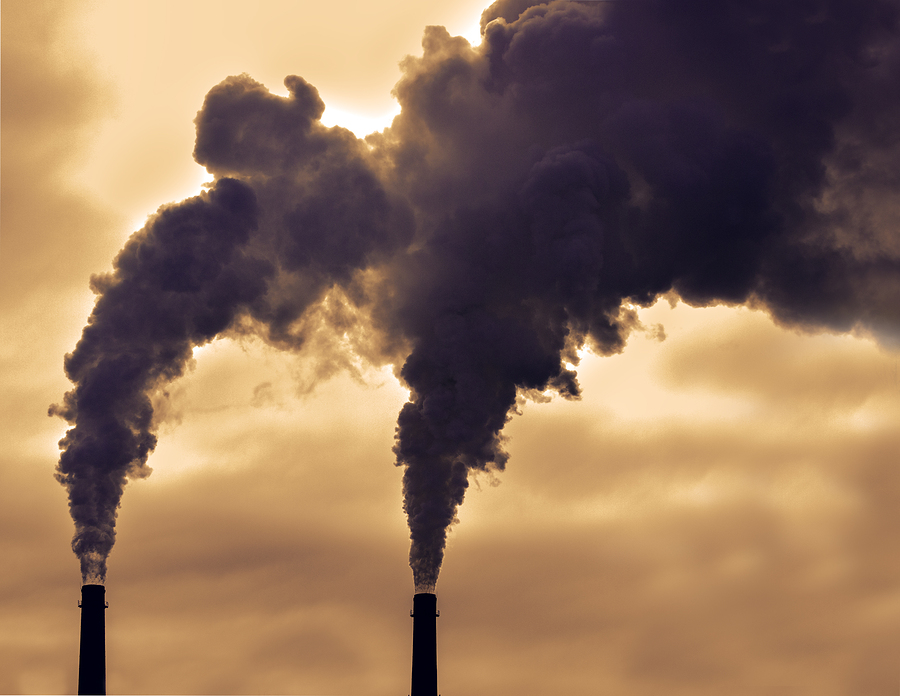Scientists at the University of Central Florida have created a way to capture errant CO2 in the atmosphere and break it down into harmless organic materials.
What’s more, the method produces clean solar energy at the same time.
Researchers hope that the process has potential for creating industrial technology that could reduce greenhouse gases in the atmosphere.
Professor Fernando Uribe-Romo said:
This work is a breakthrough.
“Tailoring materials that will absorb a specific color of light is very difficult from the scientific point of view, but from the societal point of view we are contributing to the development of a technology that can help reduce greenhouse gases.”
Professor Uribe-Romo’s team created a way to trigger a reaction in a synthetic metal that breaks down CO2 into organic materials. It has been described as an artificial synthesis machine, but instead of converting plant food, the machine produces solar fuel.
Uribe-Romo is not the first scientist to try his hand at chemically transforming CO2, as researchers have tried it with a range of materials but without success.
In his experiments Uribe-Romo used titanium and added organic molecules to act has light-harvesting antennae.
The antennae molecules were designed to absorb specific colours of light and in this case Uribe-Romo synchronised it for the colour blue and measured amounts of CO2 were fed into the photoreactor.
The chemical reaction transformed the CO2 into reduced forms of carbon, formate, and formamides (two kinds of solar fuel).
Uribe-Romo added:
The goal is to continue to fine-tune the approach so we can create greater amounts of reduced carbon so it is more efficient.
“The idea would be to set up stations that capture large amounts of CO2, like next to a power plant. The gas would be sucked into the station, go through the process and recycle the greenhouse gases while producing energy that would be put back into the power plant.”
Yesterday (April 25), scientists announced that carbon dioxide levels have reached record highs of 410 parts per million, which could snowball over the coming years — causing global catastrophe.
